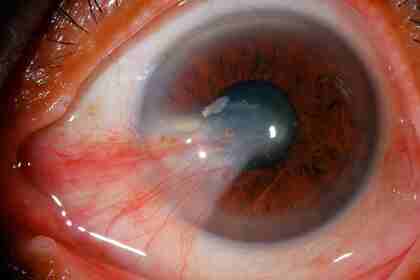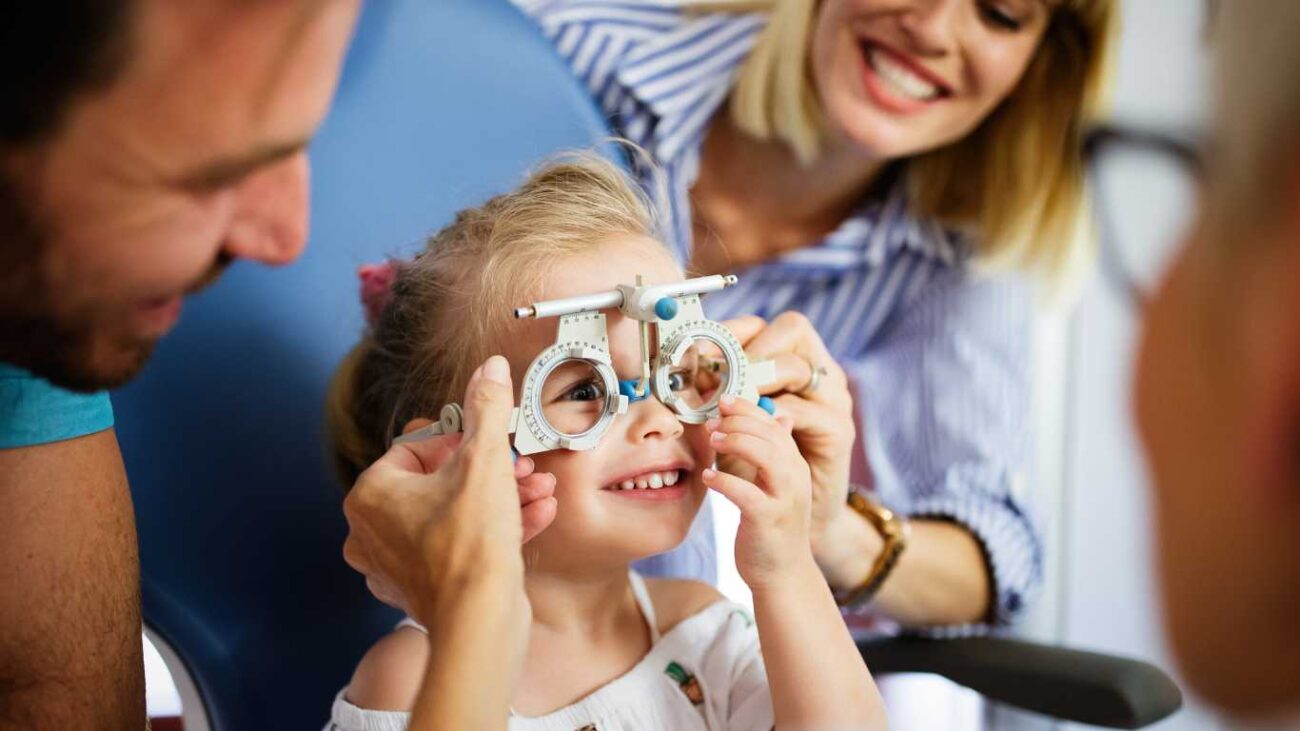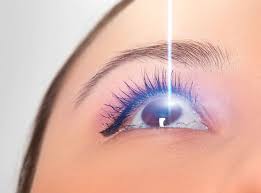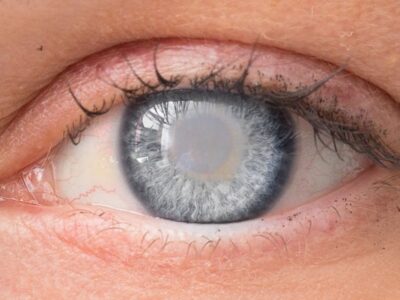Introduction
Squint eyes, also known as strabismus, is a common eye condition that can affect individuals of all ages. It is characterized by the misalignment of the eyes, where one eye may look straight ahead while the other turns inward, outward, upward, or downward. This condition can be a cause of concern for both cosmetic and functional reasons. In this article, we will delve into the world of squint eyes and explore whether it can be corrected.

Understanding Squint Eyes
Squint eyes occur when the muscles that control eye movement do not work together properly. This misalignment can lead to double vision, reduced depth perception, and even social anxiety in some cases.
Types of Squint Eyes
There are several types of squint eyes, including:
- Esotropia: This is when one eye turns inward, towards the nose.
- Exotropia: This is when one eye turns outward, away from the nose.
- Hypertropia: This is when one eye turns upward.
- Hypotropia: This is when one eye turns downward.
Causes of Squint Eyes
The causes of squint eyes can vary and may include:
- Genetics: A family history of squint eyes can increase the risk.
- Refractive Errors : Nearsightedness or farsightedness can contribute.
- Eye Muscle Problems: Weak or imbalanced eye muscles can lead to squinting.
- Neurological Conditions: Conditions such as cerebral palsy can affect eye control.
Can Squint Eyes Be Corrected?
Now, let’s address the pressing question: Can squint eyes be corrected? The answer is yes, in many cases.
Non-Surgical Approaches
For mild cases of squint eyes, non-surgical methods may be effective. These can include:
- Eyeglasses: Prescription glasses can help correct refractive errors and alleviate the squinting.
- Vision Therapy: Special exercises can improve eye coordination.
- Patching: Covering the stronger eye can strengthen the weaker one.
Surgical Intervention
In more severe cases or when non-surgical approaches are ineffective, surgery may be recommended.
- Strabismus Surgery (H3): This procedure involves adjusting the eye muscles to realign the eyes.
- Adjustable Sutures (H3): In some cases, adjustable sutures are used to fine-tune the alignment post-surgery.
Early Intervention
Early detection and treatment of squint eyes are crucial for successful correction. Children, in particular, should be evaluated if squinting is noticed, as their visual system is still developing.
Living with Corrected Squint Eyes
Once squint eyes are corrected, individuals can expect several benefits, including:
- Improved Vision: Correcting the alignment can enhance depth perception and reduce double vision.
- Enhanced Self-Esteem: Eliminating the physical appearance of squint eyes can boost confidence.
- Normal Social Interaction: Reduced self-consciousness can lead to more positive social experiences.
Author Details:
Dr. Sushruth Appajigowda holds a prominent position as a Cornea, Cataract, Glaucoma, and LASIK Surgeon in Bangalore. He serves as the chief Cataract and Refractive surgeon at Vijaya Nethralaya Eye Hospital, Nagarbhavi Bangalore. Renowned as one of the finest LASIK surgeons nationwide, he brings with him over 12+ years of experience across multiple LASIK platforms, including ZEISS, ALCON, SCHWIND, AMO, and Bausch and Lomb. Having successfully conducted over 5000 LASIK procedures, Dr. Sushruth holds the title of a Certified Refractive Surgeon and a Fellow of the All India Collegium Of Ophthalmology. Furthermore, he stands as a distinguished speaker at various National and International Forums, using his expertise to guide you in selecting the most suitable procedure based on your health requirements.

Conclusion
In conclusion, squint eyes, a condition characterized by the misalignment of the eyes, can indeed be corrected. Whether through non-surgical approaches, such as eyeglasses or vision therapy, or surgical intervention like strabismus surgery, there are effective methods available. Early detection and treatment play a crucial role in achieving successful correction. Living with corrected squint eyes can significantly improve one’s quality of life by enhancing vision, self-esteem, and social interactions.













